Did you know you can save money on a breast pump by working through insurance? In honor of world breastfeeding week, I am sharing these little known secrets to save money on a breast pump and ultimately help a growing family stick to their budget.

Though not required for all successful breastfeeding journeys, a breast pump can be expensive when purchased directly from a manufacturer or distributor. When it comes to researching all the different breast pumps, the options are endless (and financially, it can be overwhelming as it is a big baby expense!).
There are a variety of ways to save money on breast pumps so you can get the one you want – for cheap (or free!)
In this article we will discuss the following topics to help you save money on a breast pump purchase:
- Free or discounted breast pumps through insurance
- Buying a breast pump secondhand
- Utilizing a HSA account
- List on baby registry
- How to decide what breast pump to purchase
- Breast pump life expectancy- using for one pregnancy only
Get a breast pump for free, or steeply discounted, through insurance
Due to the Affordable Care Act, many breast pumps are covered or priced at a reduced cost through insurance. Websites like Aeroflow Pumps are dedicated to providing all the options based on your basic insurance information.
Simply enter your name, date of birth, basic insurance information and little one’s anticipated due date. Aeroflow Pumps will do the research for you and contact your insurance provider to see the discounted rates.
Next, Aeroflow Pumps will provide you with discounted (or free) options for breast pumps based on insurance coverage. Typically, there are a variety of options to choose from including portable breast pumps, cordless breast pumps and hand pumps.
Some breast pumps may have a small co-pay of $10-80, where others may be completely free. You read that right – for free!
All pumps are brand new and shipped directly to the address of choice within a matter of days.
If the discounted breast pump company or insurance company requires a medical note to validate pregnancy, connect with your prenatal provider. They will be able to provide the information needed. During my pregnancy, I received a doctors note from my OBGYN around 24 weeks gestation.

Buy a breast pump secondhand
Another method to save money on breast pumps is to consider buying secondhand. Occasionally mamas do not end up using their breast pump for one reason or another. As long as the pump is still in good shape and has limited hours on it, it is perfectly acceptable to buy a used pump.
By purchasing replacement parts like flanges, duckbills and membranes, breast pumps can be reused. After all, hospitals use the same pump when helping mamas to practice utilizing a pump to help encourage milk to come in. The physical pump stays the same, but the replaceable parts which touch the breast can be replaced.
Check places like Facebook Marketplace or other mom-to-mom community pages like those found on ‘What to Expect’. Additionally, hospitals may have gently used breast pumps at a discounted rate which they have removed from hospital rooms.

Utilize a HSA Account
If work provides the option of a HSA account – invest, invest, invest! HSA, otherwise known as ‘Health Savings Account’ is a savings account where pre-taxed money is ‘saved’ for qualified medical expenses. Qualified medical expenses may include: doctor visits, medical devices (like breast pumps), medicine, glasses and contacts, and even items like tampons and pads. In 2023, an individual can max out a HSA account at $3,850 annually.
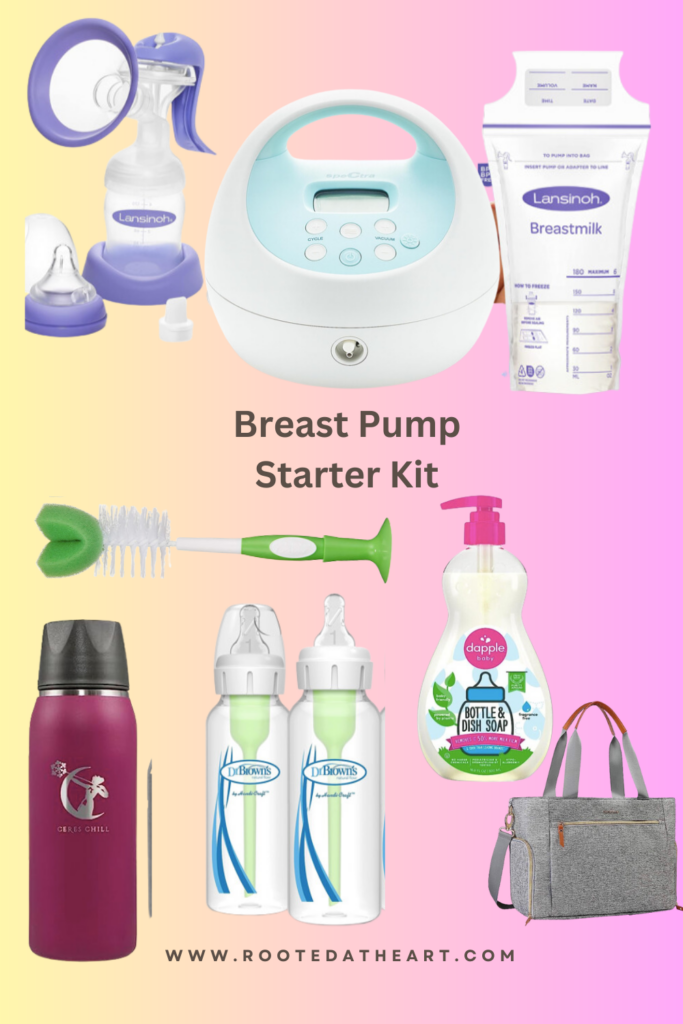
List on Baby Registry
There are SO many items to consider placing on a baby registry. A breast pump is one of the top on our baby registry must haves! Because the cost of breast pumps can add up, one person or a group of people can put money towards it.
Though I had the Spectra S1, if I were to re-make my baby registry, I would add a hand pump onto the list. Hand pumps are great as a back up and as an on the go option.
Additional items for nursing/breastfeeding/pumping to include on a baby registry include nursing covers, breastmilk storage bags, bottle brush, bottles, replacement bottle nipples, Dapple bottle soap, breast pump bag, and a Ceres Chill bottle.
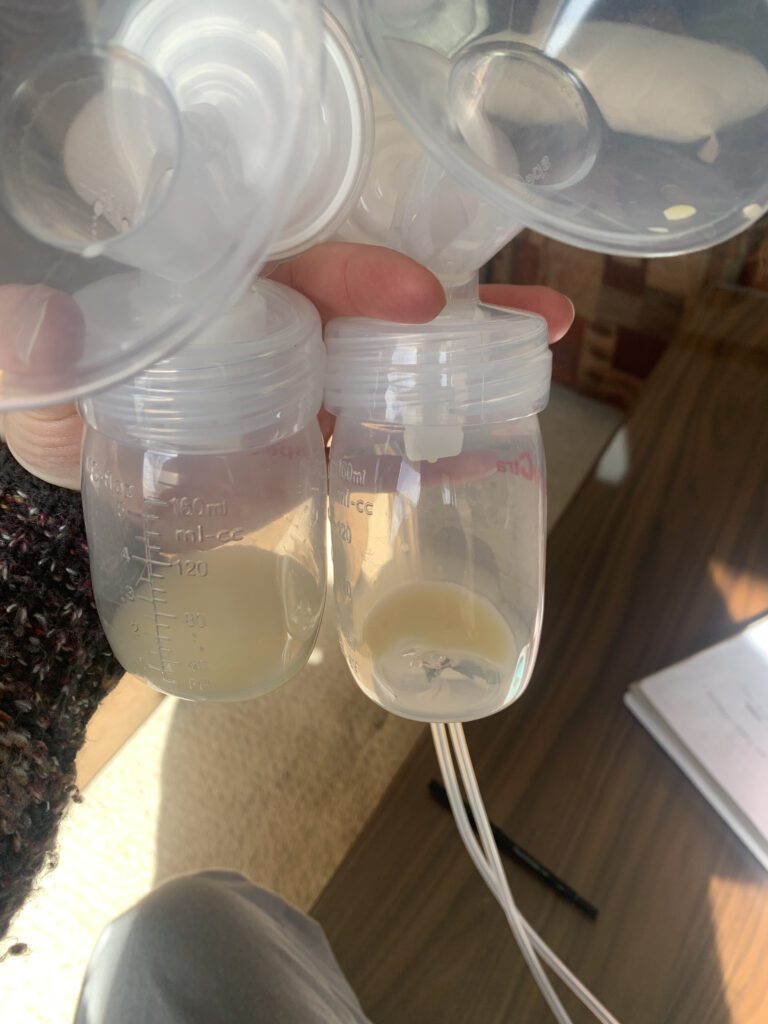
Determining Which Breastpump to Purchase
In addition to attempting to save money on a breast pump purchase, it can be challenging to determine which the best breast pump option is. From portability, size, cordless pump and hand pump, there are so many options available.
I purchased the Spectra S1 breast pump through the help of Aeroflow Pumps and insurance with my first baby. I preferred this pump because it is portable, has a rechargeable battery, is relatively small and is one of the top recommendations from both research and my other mama friends. This pump costed $80 out of pocket which we paid for utilizing our HSA account.
Another great resource for breastfeeding (and baby/motherhood) – is mama of five and former L&D nurse – Karrie Locher. She has a blog series reviewing portablele breast pumps, wearable breast pumps, how to use a breast pump and more.
Karrie provides the information for free to help guide new mamas on which breast pump is the best for their lifestyle and personal needs. I did take Karrie’s breastfeeding course and would highly recommend it.
When purchased, this breastfeeding course gives you lifetime access to the regularly updated material. As of 2023, the course walks through how to use the Medela and Spectra pumps and how navigate breastfeeding (along with overcoming hurdles including oversupply and undersupply).
The course is video based and also includes printable material to help mamas feel confident on their nursing journey.

Mom-to-mom Tip: Breast pump shelf life
Did you know, breast pumps have a life expectancy of around 500 hours?
While a breast pump does not have a shelf life, it should not be used for multiple breastfeeding journeys. With the exception of certain breast pumps which are meant for 1,000’s of hours of use (Medela Symphony and Amaeda Platinum), other breast pumps are not.
For most breast pumps the suction and motor strength begins to slow around the 500 hours mark. Like any mechanical appliance which has a pump and motor, suction and strength of the pump do not last forever.
This is especially true for exclusive pumping mamas or those who are back at work and away from their little one. After 9 months of breastfeeding and breastmilk bottle-feeding (while at work) my machine had over 325 hours!
If you utilized a breast pump during your breastfeeding journey did you know about ways to save money on a breast pump purchase? Also, what breast pump did you like? Share with us your thoughts in the comments below!


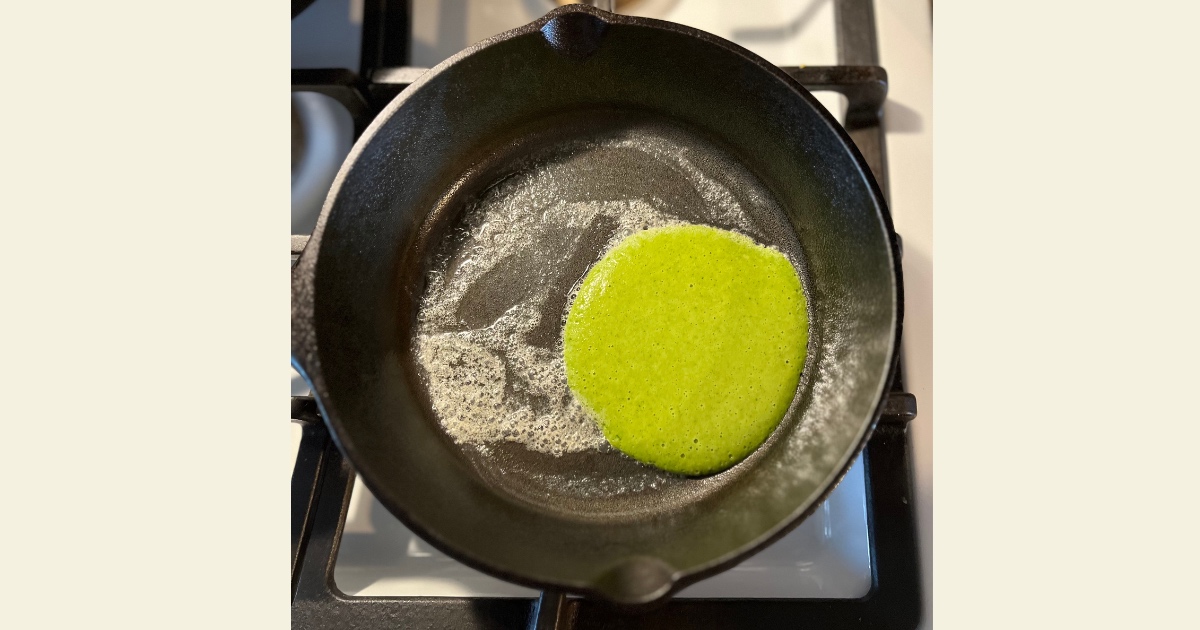
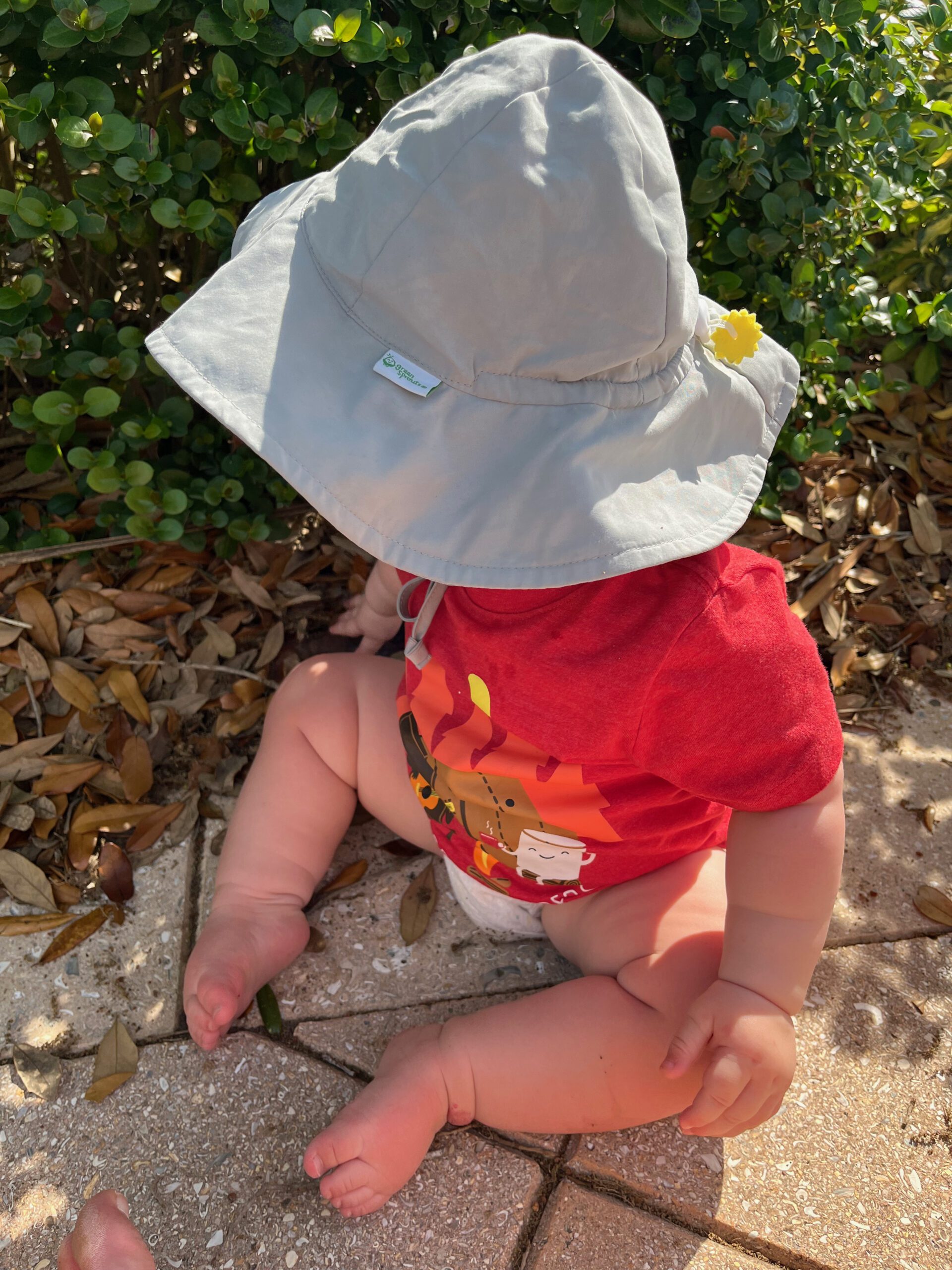
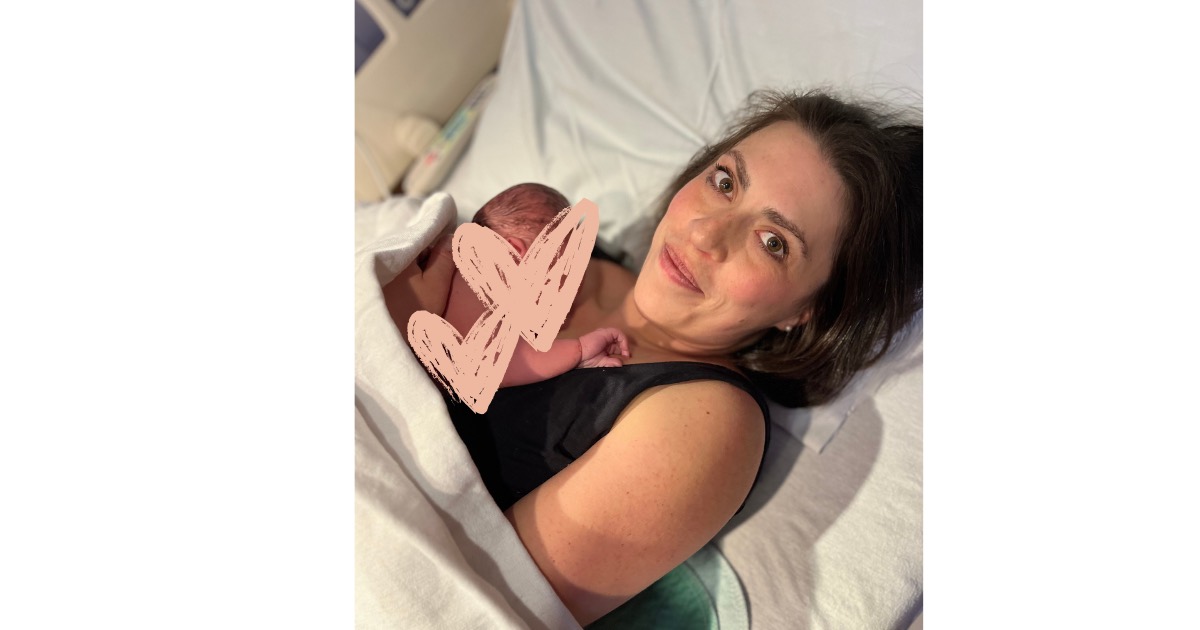
One Comment